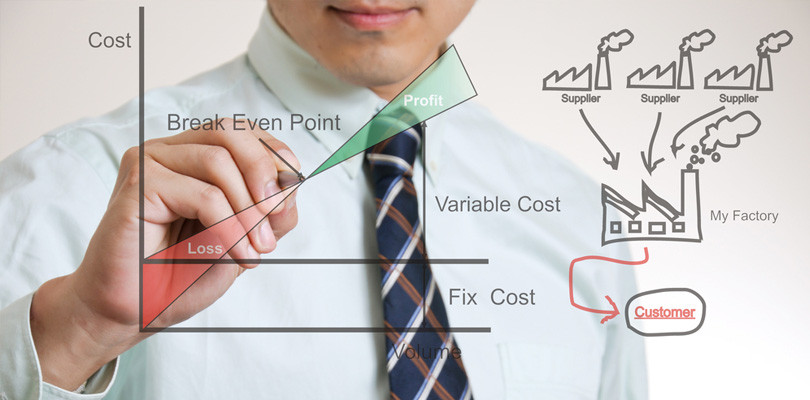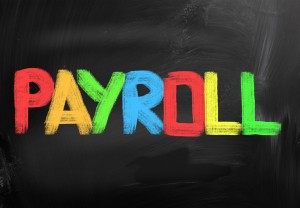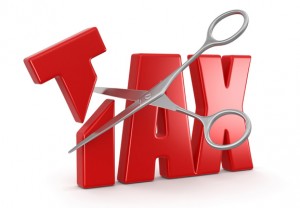Profit Improvement
If you don’t calculate your break even point you can’t make informed business decisions on pricing your product or services to ensure you are generating a good level of profit.
To cover the costs of your business you need to sell enough goods or services to reach your break even point. Knowing where that point is, and how long it will take you to reach it, can be fundamental to your success. This is especially true if you’re thinking about starting or buying a business.
Calculate fixed and variable costs
The first step is to establish your fixed and variable costs from which you can calculate your break even point.
Fixed costs – how they affect your break even point
Fixed costs are bills your business always has to pay, regardless of its level of sales. Also known as overheads, they could include:
- Salaries for permanent staff
- Rent on your premises
- Insurance
- Interest on debt
Variable costs – how they affect your break even point
These increase with your level of sales – for example, the cost of materials and production. Others include sales bonuses, part-time wages and freight.
Now work out:
- Total fixed costs for the year
- An average overall variable cost for each product or service sold (the variable cost per unit)
Some costs might be a combination of fixed and variable such as a phone bill split between a line cost and call charges. Separate these bills into fixed and variable parts for greater accuracy – this will help you in calculating your break even point.
If separating them is too time consuming, choose which element is greater and classify it accordingly. For example, if you don’t make many calls to mobile phones or outside your local area, you’d classify the phone bill as being a fixed cost.
How to determine your break even point
Let’s assume you manufacture shoes with the following details:
- Budgeted fixed costs of $60,000
- Average cost to make a pair of shoes is $110
- Average sale price per pair of shoes is $250
Calculating your break even point requires the use of a few formulas:
- Sales price per unit ($250) minus variable costs per unit ($110) = contribution margin per unit ($140)
- Contribution margin per unit ($140) divided by sales price per unit ($250) = contribution margin ratio (0.56)
- Fixed costs ($60,000) divided by contribution margin ratio (0.56) = break even sales volume ($107,142)
Based on these calculations, if you sell more than $107,142 worth of shoes you’ll make a profit. That equates to 429 pairs.
Using your break even point
Once you have worked out your break even point, the next step is to work out whether the sales volume you will need to break even is realistic and achievable.
You can also use your break even point calculation to see the effect changes in costs has on your business. If you were able to source cheaper materials and reduce the variable cost per pair of shoes, you’d need to sell fewer pairs to achieve your break even point. If your sales remained the same, you’d make more profit.
To be of real value to you, your fixed and variable costs calculations need to be accurate, so it’s worth investing time to work out your figures accurately.
For an in depth explanation on break even point, check out what Wikipedia says! If you find this confusing, we can help.
If you need help to gain profit improvement and calculate your break even point, call us today on 9204 3733 or Contact Us – we will be happy to help. We can offer our Management Consulting service which assists our clients to achieve profit improvement and calculate their break even point.







Comments are now closed for this article.